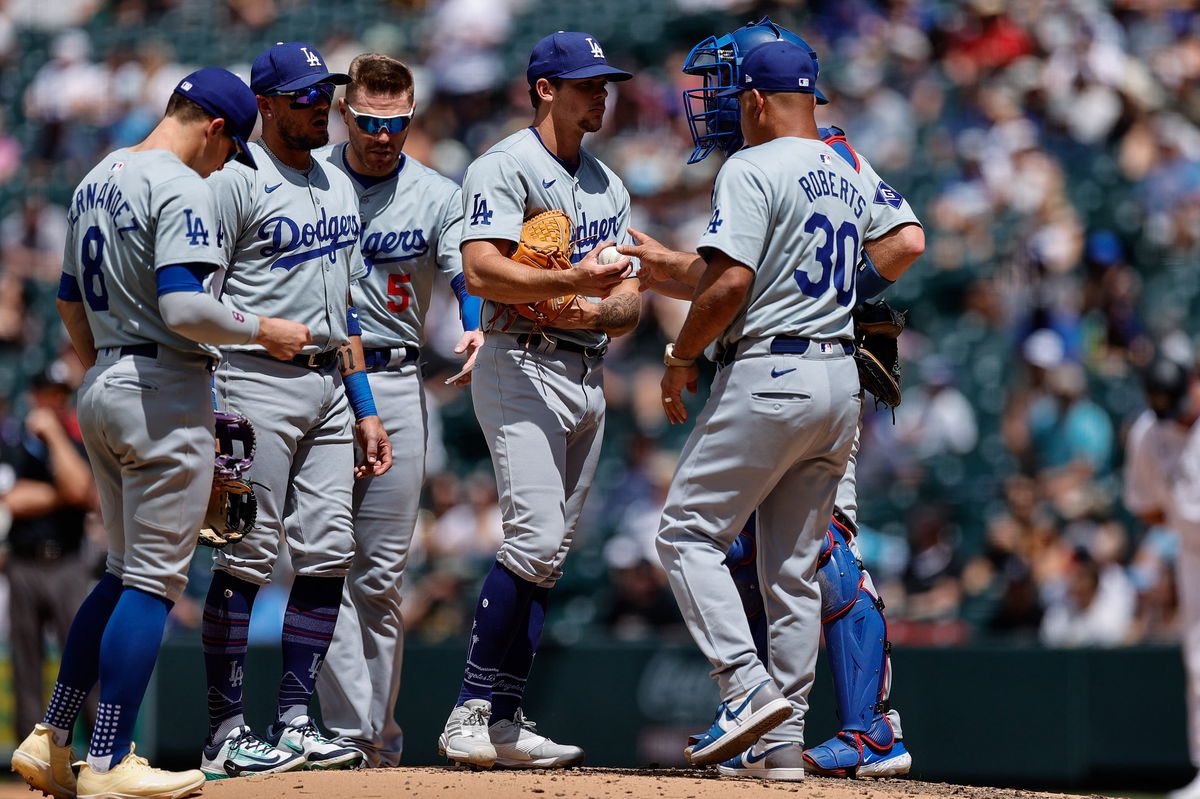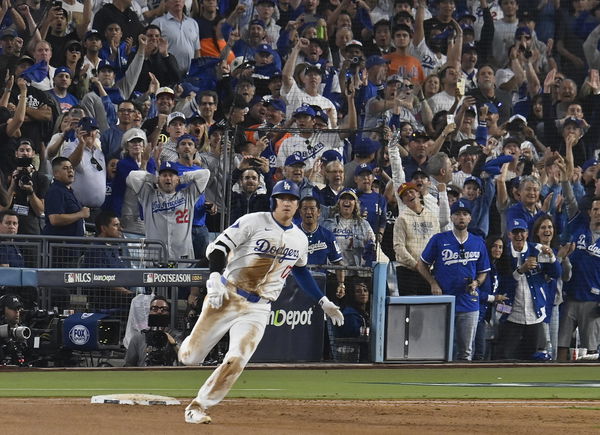

Shohei Ohtani’s 10-year, $700 million deal with the Los Angeles Dodgers dropped jaws for primarily two reasons. One, because it was record-breaking, and two, because… well, it painfully pointed toward a heartbreaking disparity that exists within the only league in the country with no salary cap. Consider this: In 2025, nine teams within the MLB are spending more than $200 million on players, while five are hardly catching up with less than $100 million, as per USA Today. Want to hear something more grim?
Watch What’s Trending Now!
This season, the New York Mets will be spending a league-high $323 million, while the Miami Marlins are able to shell out just $67 million. This might lead one to wonder: Why is nobody stepping in to course correct? Well, MLB execs have long wanted to. However, that’s mostly ended in a train wreck. In simpler words, resistance has been ample.
Reports state that the league is currently looking at a new MLB economic structure (that will include a salary cap and salary floor) that they want to add to the new collective bargaining agreement (CBA), after the current one expires on December 1, 2026—a move triggered by the Dodgers’ other-wordly spending habits. Speaking to The Athletic in February, MLB Commissioner Rob Manfred noted openly, “It’s clear that we have fans in some markets that are concerned about the ability of the team in their market to compete with the financial resources of the Dodgers. If we’ve been consistent on one point, it is: we try to listen to our fans on topics like this. I have heard people on this, believe me. I get a lot of emails about it.”
ADVERTISEMENT
Adding his take to the matter, The Athletic‘s Andy McCullough said, “You could argue the problem is the Dodgers spending a billion dollars. Or is it because nine teams are not giving out multi-year deals? I think both things are true…From the Baseball Players Association’s perspective, their defining achievement is not allowing there to be a salary cap.” And McCullough is right.
Major League Baseball Players Association president Tony Clark has expressed his stance on multiple occasions. “A cap is the ultimate salary restrictor. It’s unacceptable, no matter where you are on the salary food chain.” Clark says the league’s expansion and competitive spirit have thrived without these limits, and putting a lid on it might hurt the sport.
Well, looks like “a work stoppage is very likely” in December as per the veteran journalist. Notably, the last one was across 2021 and 2022 (the second-longest in league history) and lasted for a staggering 99 days. The largest strike was the one that took place in 1994 over a similar salary cap issue, lasting 232 days and resulting in heavy financial repercussions for the league—$580 million for the league and $230 million for players.
ADVERTISEMENT
As discussions approach, the choices made in the next few months will affect players’ pay, teams’ competitiveness, and baseball’s cultural and economic landscape. Despite this heated argument, it’s worth examining the Dodgers’ financial strategy: Are they just throwing money, or is there a plan in play?
ADVERTISEMENT
Are the Dodgers spending big or spending smart?
There has been a lot of talk about the Los Angeles Dodgers’ recent financial moves. Are they just showing off their money or using strategy to outsmart the competition? It’s easy to call them big spenders when they have the biggest payroll in Major League Baseball. But looking more closely, you’ll see that the approach is more complex. The Dodgers have done a great job of managing their luxury tax payments while putting together a team full of talented players.
For example, Shohei Ohtani’s $700 million contract includes $680 million in deferred money. This reduces the team’s immediate financial load and luxury tax implications. Ohtani isn’t the only one who is there under these terms.
Top Stories
Craig Breslow Told to Save Face With One Final Act Before Anticipated Red Sox Firing

Yankees & Brian Cashman Warned as Dodgers Clear Up Roster for $80M Star’s Homecoming

Blue Jays to Show Exit Door to 3 Playoff Stars as Ross Atkins Plans Major Changes: MLB Winter Meeting Rumors

Padres Forced Into U-Turn on Ex-Phillies Free Agent as Orioles Move to Boost Pete Alonso Power, Per Insider

MLB Rumors: 6 Desperate Teams Could Trigger Fierce Trade War for Twins’ $100M Star Outfielder

Freddie Freeman’s $162 million contract includes $57 million in deferred payments, and Mookie Betts’ $365 million pact defers $115 million. The Dodgers have put off paying their players more than $1 billion in wages, which lets them stay competitive without paying huge luxury tax penalties.
ADVERTISEMENT
Some say this method takes advantage of loopholes and makes the playing field uneven, but it’s crucial to remember that the Dodgers follow the league’s regulations. Their innovative money management has helped them construct a strong team, as shown by their win in the 2024 World Series and good play in the 2025 season. The delayed payment mechanism may also help players with their taxes, especially if they move to a state with a lower tax rate when they retire.

ADVERTISEMENT
The Dodgers’ money management shows a mix of being an elite player and being able to see the big picture. They’ve been able to put together a star-studded squad while following MLB’s complicated financial rules by using delayed payments. For now, the Dodgers show how being good with money can help you win games.
ADVERTISEMENT
ADVERTISEMENT
ADVERTISEMENT
ADVERTISEMENT

